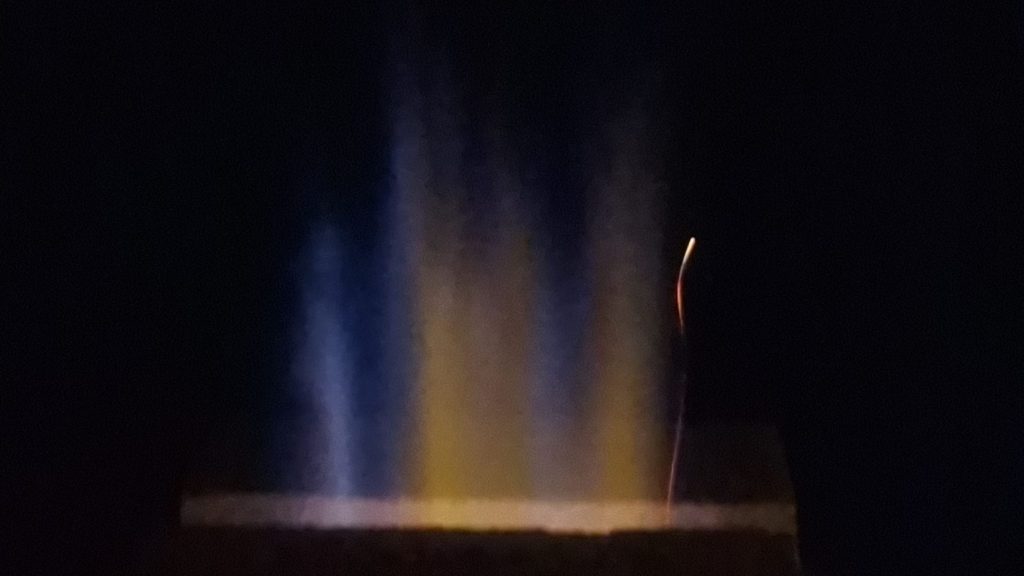
Why build a homemade wood fired pottery kiln?
Building your own wood fired backyard kiln is easy, fun, and inexpensive.
Humans have fired clay to ceramic in woodfired kilns since ancient times, join a proud tradition and one of the oldest crafts on earth. It’s also a skill for sustainable living; off-grid and bushcraft if that’s your thing, or as urban as a city backyard. Where electric kilns simplify the burning process to a point where you don’t really need to give it much thought, and kilns that burn diesel, oil, or gas are harmful to the environment.
The wood fired pottery kiln offers a clean, renewable energy source. And it’s rewarding to control the inferno of fire with planning, manual work, and know-how. It’s easy to start up with wood firing and get some results, but really master it, read the firing process and control everything takes years of practice. Read about the wood firing historic roots and human superstition
A woodfired kiln can burn as hot as any other type of kiln, it can deliver whatever an electric kiln can give you, and it even has some unique features you can’t achieve elsewhere.
All ceramic kilns from this webpage are Homemade and DIY, they do not require special equipment, advanced building skills, or crafts like welding. Several of the kilns are just built by laying bricks on top of other bricks. You don’t need big investments either, maybe you have access to some planks or leftover wood, a backyard, and some old house-bricks? Red terracotta bricks are stable up to 1100 degrees Celsius, perfect for building low-fired ceramic kilns. Or you can do like me; I bought used, cheap Firebricks from someone demolishing a 40-year-old baker’s kiln.
Here on this webpage I build, test, and describe:
– Low-cost ceramic kilns
– Small-size ceramic kilns
– Easy-to-build ceramic kilns
– Fired-by-one-person ceramic kilns
– Burned-for-maximum-12-hours ceramic kilns
Wood fired pottery & Backyard kilns, try it yourself, it’s fun!
Yamamoto: The most beautiful part is the back of the pot – it is “the wrap of the flame” effect.
From the book “The Art of Firing”.
Blogposts:
- Coil Build The Clay Kiln – All You Need To Know
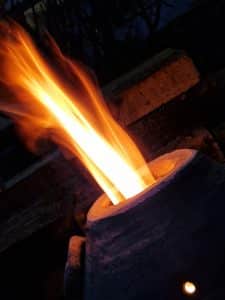 The Clay Kiln is a small wood fired kiln, it is easy to hand build, and shaped as a egg. This is an effective and homemade pottery kiln … Continue readingCoil Build The Clay Kiln – All You Need To Know
The Clay Kiln is a small wood fired kiln, it is easy to hand build, and shaped as a egg. This is an effective and homemade pottery kiln … Continue readingCoil Build The Clay Kiln – All You Need To Know - How to Build a Kiln for Pottery – Wood Fire
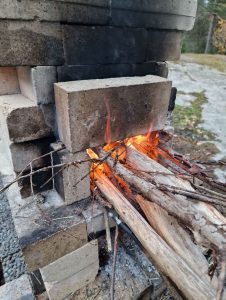 This is a classic wood fired brick-kiln design, an easy to control pottery kiln that performs well, also a good starter kiln … Continue readingHow to Build a Kiln for Pottery – Wood Fire
This is a classic wood fired brick-kiln design, an easy to control pottery kiln that performs well, also a good starter kiln … Continue readingHow to Build a Kiln for Pottery – Wood Fire - How to Make Strong Pottery For Primitive Firing
 Make shock resist clay for pit fire, bonfire, and other primitive and home fire techniques … Continue readingHow to Make Strong Pottery For Primitive Firing
Make shock resist clay for pit fire, bonfire, and other primitive and home fire techniques … Continue readingHow to Make Strong Pottery For Primitive Firing - How the Modern Human Crafted Fire – How the Campfire Shaped Us
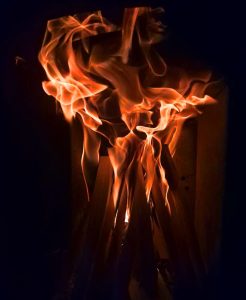 Firing ceramics in an electric kiln makes the potter’s life so easy, so why continue to fire with wood? … Continue readingHow the Modern Human Crafted Fire – How the Campfire Shaped Us
Firing ceramics in an electric kiln makes the potter’s life so easy, so why continue to fire with wood? … Continue readingHow the Modern Human Crafted Fire – How the Campfire Shaped Us - My New Homemade Kiln for Pottery!
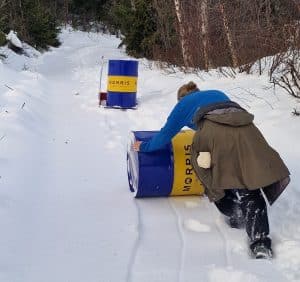 Sliding empty oil barrels in deep snow, they are going to be my new DIY pottery kiln as soon as spring arrives … Continue readingMy New Homemade Kiln for Pottery!
Sliding empty oil barrels in deep snow, they are going to be my new DIY pottery kiln as soon as spring arrives … Continue readingMy New Homemade Kiln for Pottery! - How To Make A Tin Can Kiln For Pottery, Glaze Fire With Charcoal
 Fire ceramics in the Tin Can Kiln, reach 1100 °C in 2 hours. Small and super cheap rapid prototype kiln for pottery and glazes. … Continue readingHow To Make A Tin Can Kiln For Pottery, Glaze Fire With Charcoal
Fire ceramics in the Tin Can Kiln, reach 1100 °C in 2 hours. Small and super cheap rapid prototype kiln for pottery and glazes. … Continue readingHow To Make A Tin Can Kiln For Pottery, Glaze Fire With Charcoal - Minigama Pottery Kiln – The New, Radical Mini Kiln
 The Minigama is a 50 cm mini kiln that can be hand-built with clay and fired smoke free in the backyard. … Continue readingMinigama Pottery Kiln – The New, Radical Mini Kiln
The Minigama is a 50 cm mini kiln that can be hand-built with clay and fired smoke free in the backyard. … Continue readingMinigama Pottery Kiln – The New, Radical Mini Kiln - The Best Books About Wood-Fired Pottery: How to Build Kilns
 All the best books describing wood fired pottery kilns, – design, best practice and building technics. Best books about wood-fired pottery … Continue readingThe Best Books About Wood-Fired Pottery: How to Build Kilns
All the best books describing wood fired pottery kilns, – design, best practice and building technics. Best books about wood-fired pottery … Continue readingThe Best Books About Wood-Fired Pottery: How to Build Kilns - How to Burn Consistently in a Wood Fired Pottery Kiln
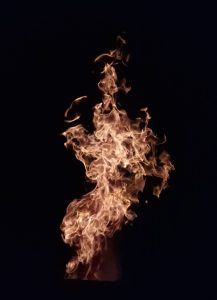 To reach high temperatures in a woodfired kiln you need a schedule, and some understand of he combustion process … Continue readingHow to Burn Consistently in a Wood Fired Pottery Kiln
To reach high temperatures in a woodfired kiln you need a schedule, and some understand of he combustion process … Continue readingHow to Burn Consistently in a Wood Fired Pottery Kiln - Fire up the Sawdust Pottery Kiln the Right Way
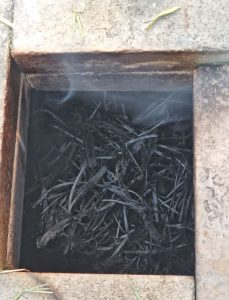 The sawdust kiln is a primitive, low-temperature kiln for pottery, the carbonization of the clay makes beautiful effects. … Continue readingFire up the Sawdust Pottery Kiln the Right Way
The sawdust kiln is a primitive, low-temperature kiln for pottery, the carbonization of the clay makes beautiful effects. … Continue readingFire up the Sawdust Pottery Kiln the Right Way - How To Build A Wood Fired Kiln With An Oil Barrel
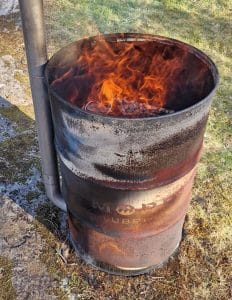 Repurpose an oil barrel to an ceramic kiln, you don’t need more than tree simple hand tools … Continue readingHow To Build A Wood Fired Kiln With An Oil Barrel
Repurpose an oil barrel to an ceramic kiln, you don’t need more than tree simple hand tools … Continue readingHow To Build A Wood Fired Kiln With An Oil Barrel - How To Fire Pottery In A Wood Stove, It’s Easy!
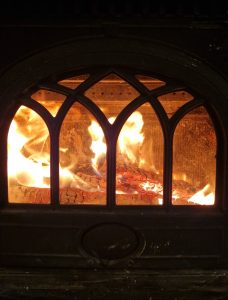 How to fire clay at home without a kiln? Many say you can’t fire pottery in a wood stove, but you can! … Continue readingHow To Fire Pottery In A Wood Stove, It’s Easy!
How to fire clay at home without a kiln? Many say you can’t fire pottery in a wood stove, but you can! … Continue readingHow To Fire Pottery In A Wood Stove, It’s Easy!
Resources from the Internet:
https://exarc.net/issue-2023-2/ea/experimenting-ancient-greek-pottery-production-process
https://robertcomptonpottery.com/index.php/kilns/building-kilns/
https://ancientpottery.how/how-to-make-a-pottery-kiln-at-home/
https://www.homesteadpottery.com/articles-homestead-pottery/building-a-wood-fired-kiln/
https://www.scribd.com/document/235499281/WoodKilnFire-3ed”>WoodKilnFire
Wood fired pottery & Backyard kilns – 2025